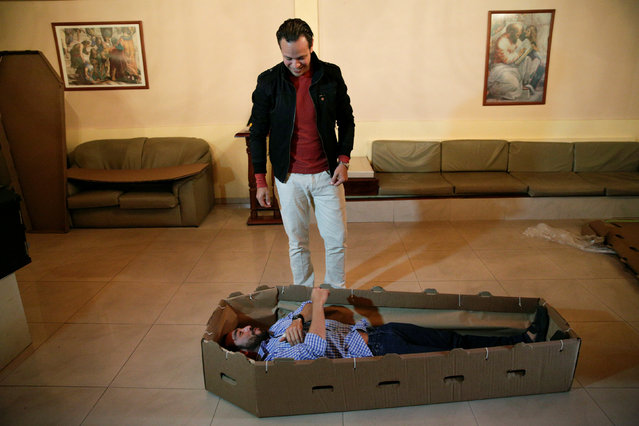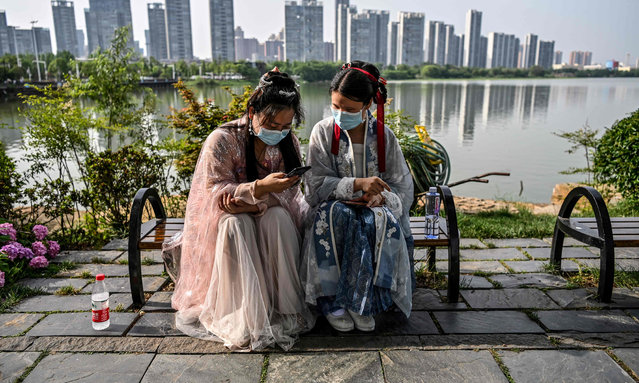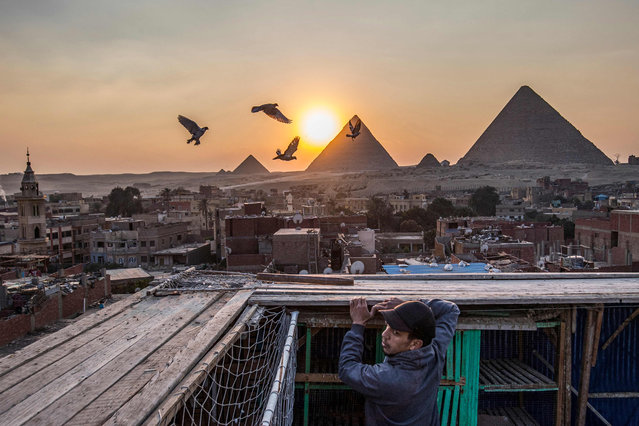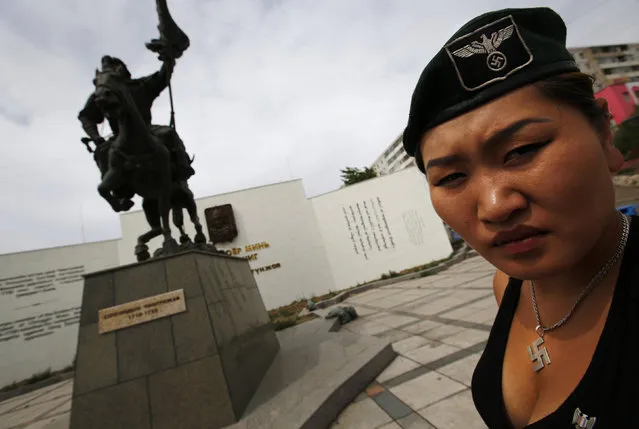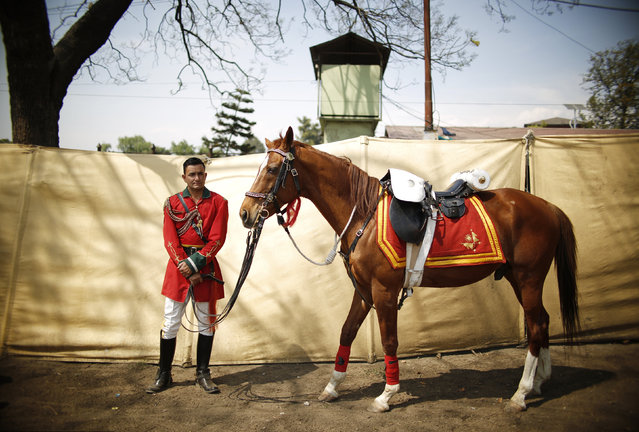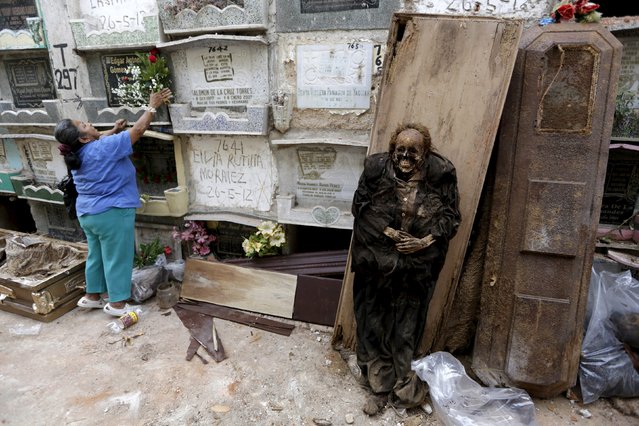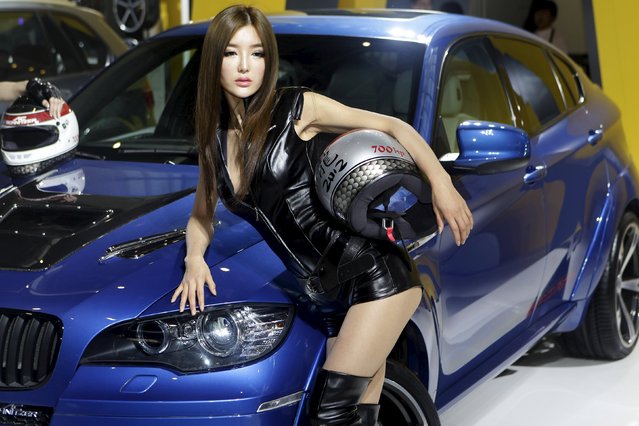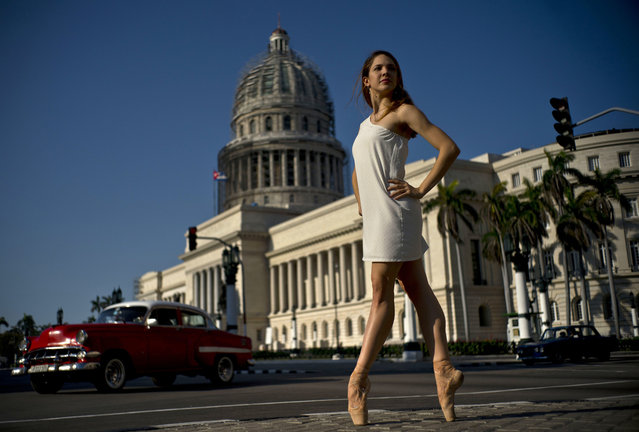
In this April 14, 2018 photo, National Ballet of Cuba dancer Daniela Gomez Perez stands on point as she poses outside the Capitol in Havana, Cuba. Gomez, who says Cubans love dancing, trusts the next generation of leaders will continue such traditions and that art will continue to be the engine of Cuban society. Gomez said she is proud to represent Cuba during a dance trip in May to Washington, Tampa and Chicago, and that the Cuban state has always supported dance. (Photo by Ramon Espinosa/AP Photo)
01 May 2018 00:05:00,post received
0 comments

